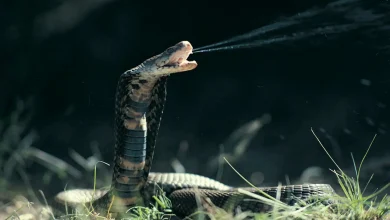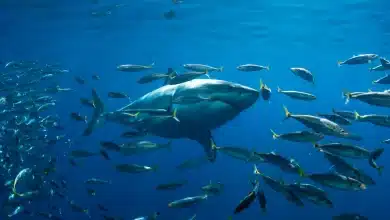Virunga Gorilla Murders
In the lush volcanic highlands of the eastern Democratic Republic of Congo (DRC) lies Virunga National Park, one of the most biologically diverse places on Earth. It is home to towering volcanoes, rare mountain ecosystems, and the critically endangered mountain gorilla. Yet despite its natural beauty, Virunga has long been shadowed by tragedy. Over the past decades, a string of brutal incidents known collectively as the Virunga Gorilla Murders have shocked the world — a series of deliberate killings of park rangers and gorillas that highlight both human greed and the fragile balance between conservation and conflict.
These murders did not happen in isolation. They are woven into a much larger story — one of colonial exploitation, political instability, and the extraordinary courage of those who risk their lives to protect some of the world’s last remaining mountain gorillas.
The History of Virunga National Park
Virunga National Park was established in 1925, making it Africa’s oldest national park. Originally named Albert National Park under Belgian colonial rule, it was created to protect the mountain gorillas living on the slopes of the Virunga Mountains. Stretching from the Ugandan border to the Rwenzori Mountains and down to the shores of Lake Edward, the park encompasses an astonishing range of habitats — from glaciers and savannas to lava plains and tropical rainforests.
After the Congo gained independence in 1960, the park’s future became uncertain. Political instability, corruption, and armed conflict plagued the region, leaving the park vulnerable to poachers, illegal loggers, and militias seeking to exploit its natural resources. Despite these challenges, the park’s dedicated wardens continued to protect its wildlife, often at immense personal risk. Over 200 rangers have been killed in the line of duty since Virunga’s founding — a grim testament to the human cost of conservation.
But the most notorious losses in Virunga’s history came not just from the deaths of humans, but from the deliberate killings of its most iconic residents — the mountain gorillas.
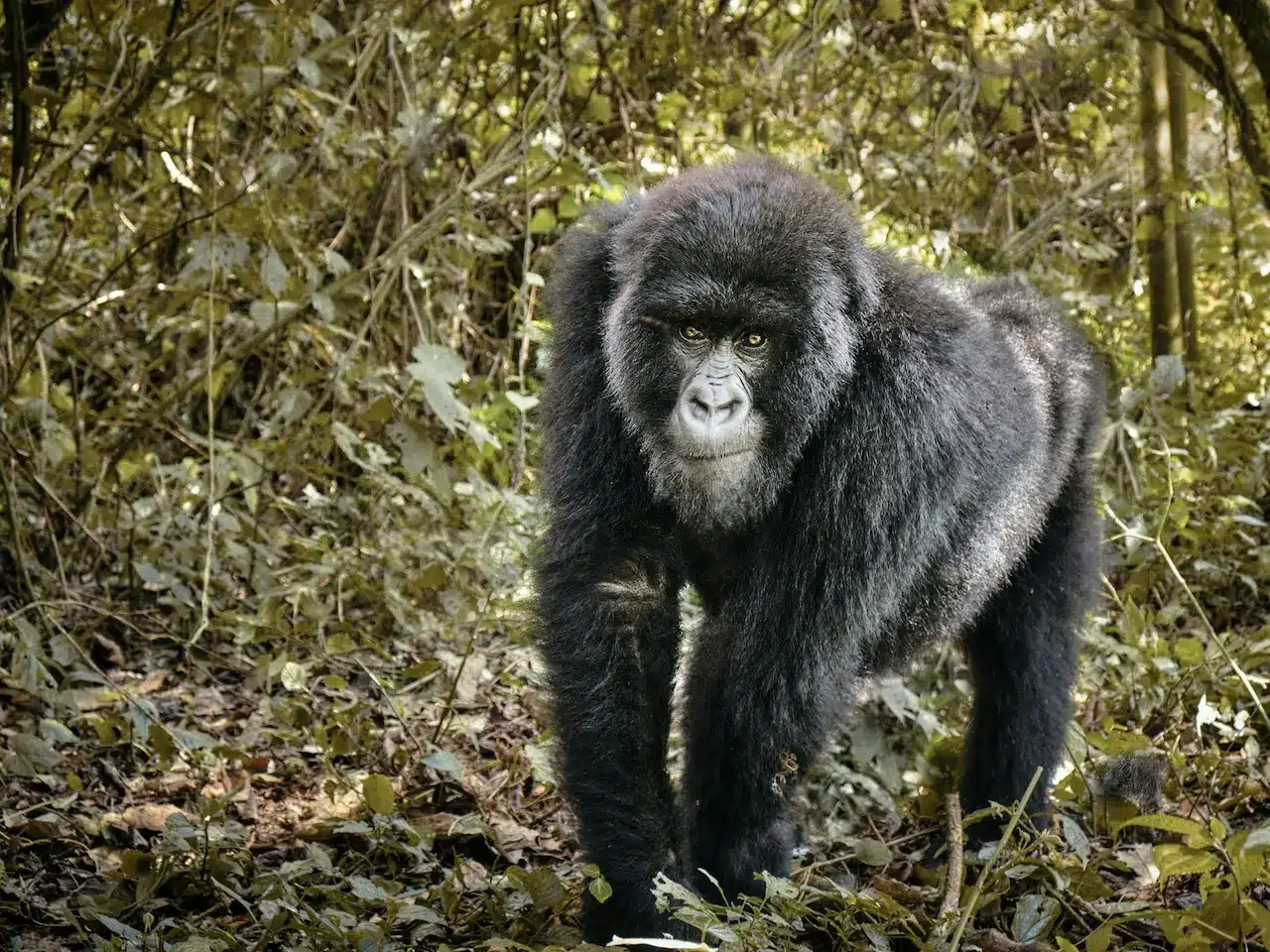
The Gorillas of Virunga
Mountain gorillas are a subspecies of the eastern gorilla, scientifically known as Gorilla beringei beringei. They inhabit only three countries — the Democratic Republic of Congo, Rwanda, and Uganda — and primarily live in the dense forests of the Virunga Massif and Bwindi Impenetrable Forest. These creatures share 98% of their DNA with humans, and their family groups, emotions, and behaviors are strikingly similar to our own.
In the mid-20th century, mountain gorillas were little known to science. It was the work of Dr. Dian Fossey, who began her research in the 1960s, that brought global attention to their plight. Fossey established the Karisoke Research Center in Rwanda and spent nearly two decades studying and protecting these apes. Her close relationship with gorillas such as Digit, her favorite silverback, captured the world’s imagination — but her murder in 1985 foreshadowed the violence that would later engulf Virunga itself.
In the DRC section of the Virunga Massif, each gorilla group is known and monitored by park staff. Many of the gorillas have names, often chosen by rangers or researchers to reflect their personality or lineage. Famous individuals include Rugendo, a powerful silverback and leader of the Rugendo group, and Senkwenkwe, his son. These names carry deep emotional weight, especially in the aftermath of the Virunga Gorilla Murders — a tragedy that saw several of these beloved gorillas killed execution-style in 2007.
The 2007 Virunga Gorilla Murders
The world was horrified in July 2007 when news broke that seven mountain gorillas had been killed in Virunga National Park. Among them were Rugendo, Senkwenkwe, and other members of their family group. The murders were deliberate — not the work of poachers seeking bushmeat or trophies, but a calculated act of intimidation. The gorillas were shot and left in the open, their bodies positioned almost symbolically, as if to send a message.
Investigations revealed that the Virunga Gorilla Murders were likely linked to illegal charcoal trafficking within the park. Armed groups and corrupt officials profited immensely from cutting down trees in the park to make charcoal — a vital cooking fuel for millions of Congolese people. Park rangers who tried to stop this trade faced threats, and the gorillas became pawns in this violent struggle. Killing them was a way to punish the rangers and weaken global conservation efforts by driving away tourism and international support.
The murders devastated the local community and sent shockwaves through the global conservation movement. Images of the dead gorillas being carried out by grieving park staff — their faces covered with cloth like fallen heroes — became symbols of both tragedy and resistance.
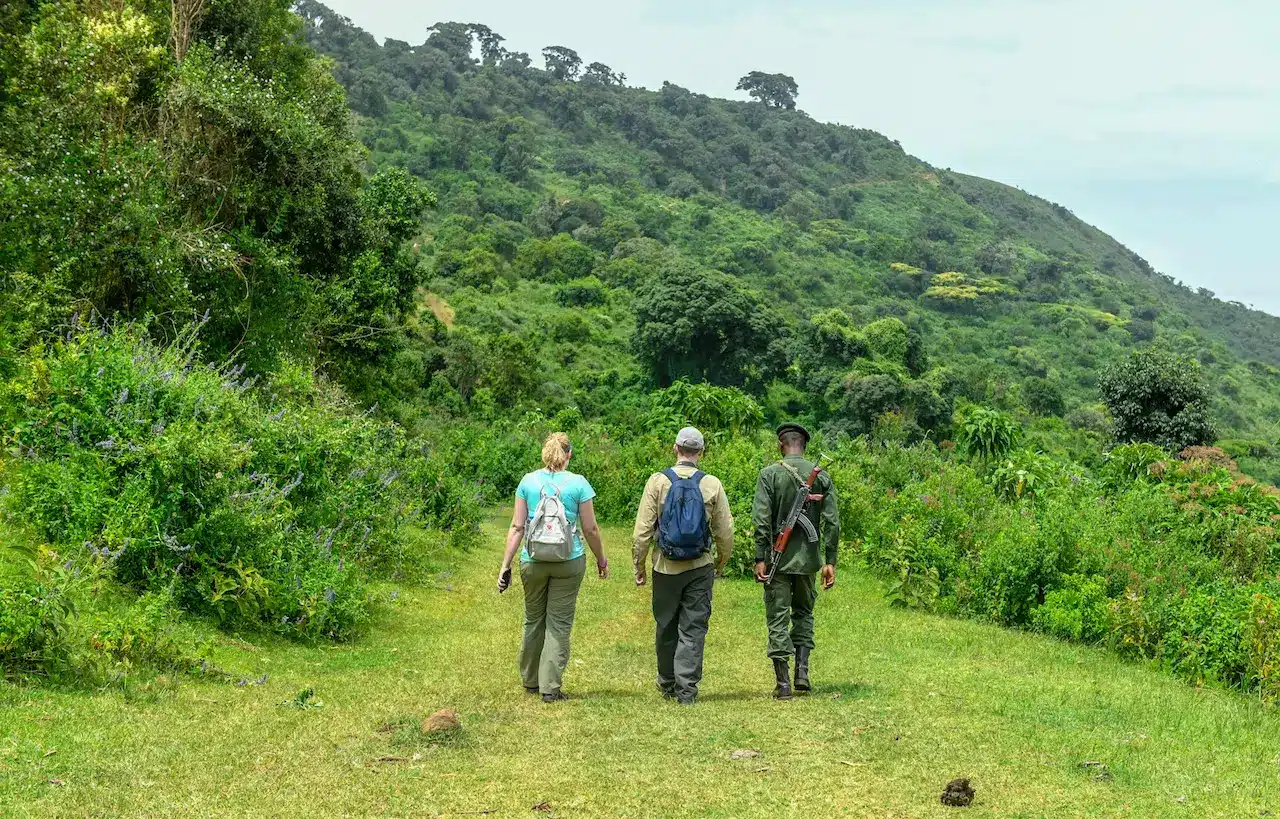
The Aftermath and Fallout
In the wake of the Virunga Gorilla Murders, international outrage was swift. Conservation groups demanded justice, and the Congolese Institute for Nature Conservation (ICCN) launched an investigation with support from international NGOs. Several park officials were arrested, including a warden accused of complicity in the killings. Although some perpetrators were eventually punished, the deeper issues — poverty, corruption, and armed conflict — continued to fuel instability in the region.
However, something remarkable also happened. The murders galvanized global support for Virunga. Donations poured in to help the park rebuild and strengthen protection for the gorillas. International media coverage, including a powerful feature by National Geographic and the award-winning documentary Virunga (2014), drew attention to the park’s struggles and the bravery of its rangers. The death of the gorillas — though heartbreaking — became a rallying cry for conservation.
One of the most touching stories to emerge from the tragedy was that of Senkwenkwe, the only adult male in the Rugendo group. After his death, park staff named a gorilla orphanage in his honor — the Senkwenkwe Centre — located near the park’s headquarters at Rumangabo. The center now cares for orphaned mountain gorillas rescued from poachers, and it stands as a living tribute to those lost in the Virunga Gorilla Murders.
Armed Groups and Regional Instability
The Virunga region has long been a battleground for rebel factions, militias, and foreign armies. Its strategic location near the borders of Rwanda and Uganda, combined with its rich natural resources — including oil, gold, and timber — has made it a prize for anyone seeking control. Dozens of armed groups operate within and around the park, each with its own motives and alliances.
During the Congo Wars (1996–2003), Virunga became a refuge for armed militias. Even after the wars officially ended, violence persisted. Rangers routinely encountered fighters in the forest, and many lost their lives in ambushes and skirmishes. These conflicts made conservation extremely difficult. Patrols had to be conducted under military escort, and entire areas of the park became off-limits due to danger.
Illegal activities such as charcoal production, wildlife trafficking, and land encroachment continued to threaten the park’s fragile ecosystems. The Virunga Gorilla Murders were not isolated acts of cruelty — they were symptoms of a larger conflict over resources, power, and survival in a region torn apart by decades of war.
The Rangers of Virunga
The men and women who protect Virunga are among the most courageous conservationists in the world. Known as the Virunga Rangers, they undergo military-style training and risk their lives daily to safeguard the park’s wildlife and communities. Since 1996, over 200 of them have been killed in the line of duty — victims of gunfire, ambushes, and landmines.
Their dedication was brought to global attention through the documentary Virunga, which follows rangers such as Emmanuel de Merode, the park’s director, and André Bauma, a gorilla caretaker who famously comforted orphaned gorillas after the 2007 murders. De Merode himself survived an assassination attempt in 2014 while driving to Goma. These acts of courage highlight the daily dangers faced by those defending Virunga’s wildlife.
Every ranger in Virunga carries not just a weapon, but also an extraordinary sense of duty. They protect not only gorillas but also the very idea that humanity can coexist with nature, even in the face of chaos.
The Emotional and Ecological Impact
The Virunga Gorilla Murders had devastating consequences — not only for conservation but also for the emotional well-being of the gorillas themselves. Gorillas are deeply social animals that live in tightly knit family groups led by a dominant silverback. When members of their group are killed, the survivors often display visible signs of grief — they may refuse to eat, wander aimlessly, or emit distress calls.
The killings disrupted entire social structures, leaving young gorillas orphaned and vulnerable. In some cases, infants were rescued and taken to the Senkwekwe Centre, but others perished in the forest. Researchers who had studied these gorillas for years were heartbroken, losing not just research subjects but individuals they had come to know personally.
Ecologically, the loss of even a few individuals is catastrophic for a species as rare as the mountain gorilla. In 2007, there were fewer than 720 mountain gorillas left in the world. The death of seven adults represented a significant blow to the genetic diversity and recovery potential of the population. Conservationists redoubled their efforts to protect the remaining gorillas, and through relentless work, the population has since rebounded to over 1,000 individuals today — a rare conservation success story.
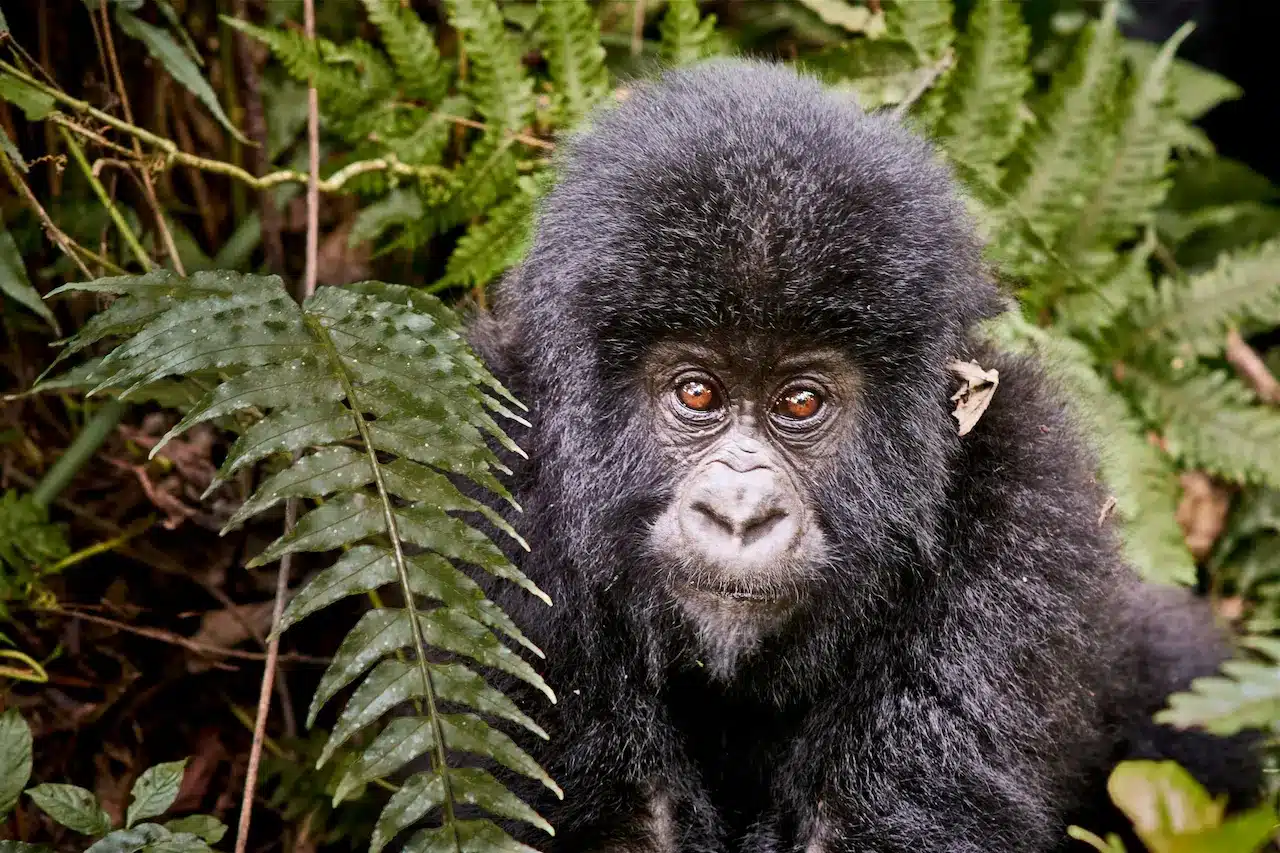
Virunga Today: Hope and Ongoing Challenges
Today, Virunga National Park remains both a beacon of hope and a flashpoint of danger. Thanks to the tireless efforts of rangers, local communities, and international partners, tourism has slowly returned. Visitors can once again trek into the misty forests to see gorilla families in their natural habitat — a profoundly moving experience that supports local economies and funds further conservation work.
Yet, the park’s challenges are far from over. In 2020, 12 rangers were killed in an ambush by an armed group linked to rebel forces — another tragic reminder that the Virunga Gorilla Murders were part of a wider pattern of violence. The threat of oil exploration inside the park also looms large, as foreign companies eye the region’s untapped resources. Climate change, too, poses new risks to the fragile ecosystems that sustain both wildlife and people.
Despite these challenges, Virunga endures. Its gorillas continue to thrive under the watchful eyes of their human protectors. Each birth, each new silverback that rises to lead a family, stands as a testament to resilience — the same resilience shown by those who continue to fight for this extraordinary place.
The Global Significance of the Virunga Gorilla Murders
The Virunga Gorilla Murders have become more than a local tragedy; they are a powerful symbol of the global struggle to protect endangered species in conflict zones. They remind us that conservation is not just about saving animals — it is about addressing human suffering, political instability, and economic inequality. Protecting Virunga means protecting the livelihoods of nearby communities, who depend on the park for water, tourism, and fertile soil.
International organizations such as the World Wildlife Fund (WWF), Fauna & Flora International, and the European Union continue to support Virunga’s rangers and local development projects. The park’s management has also partnered with sustainable energy initiatives to reduce dependence on charcoal, helping to address one of the root causes of the 2007 killings.
The story of Virunga is one of contrasts — breathtaking natural beauty set against human tragedy. Yet it also offers lessons in hope, resilience, and the power of global solidarity. The Virunga Gorilla Murders may have revealed the worst of humanity, but the world’s response to them has shown the best.
Conclusion: Out of Tragedy, a Legacy of Hope
The Virunga Gorilla Murders marked one of the darkest chapters in the history of African conservation. But from that darkness emerged a renewed determination to protect the park and its incredible wildlife. The memory of Rugendo, Senkwenkwe, and their family continues to inspire conservationists around the world. Their lives — and their deaths — have become a call to action.
Virunga National Park is more than just a sanctuary for gorillas; it is a living symbol of what’s at stake when humanity fails to coexist with nature. The park’s rangers, its communities, and its gorillas stand together at the front line of that struggle. As long as they endure, there remains hope — hope that future generations will know the mountain gorillas not as victims of violence, but as survivors of it.
The Virunga Gorilla Murders will never be forgotten. They are a solemn reminder that conservation is not just about saving wildlife — it is about preserving the shared heritage of all life on Earth.



